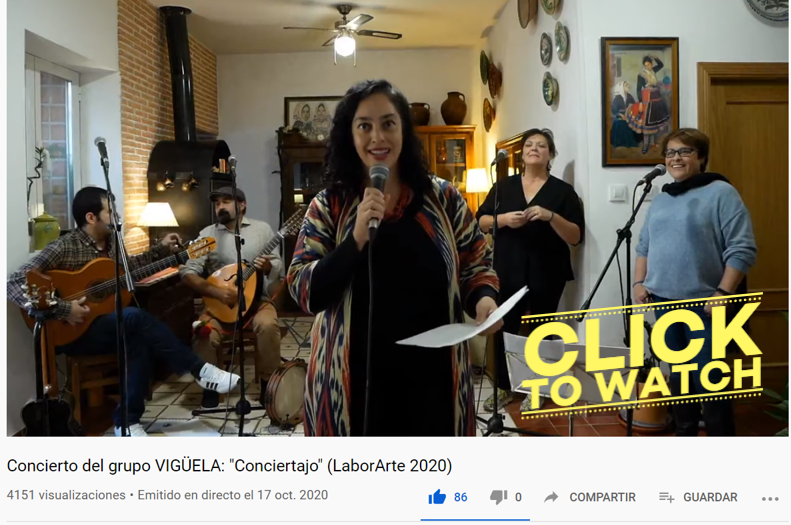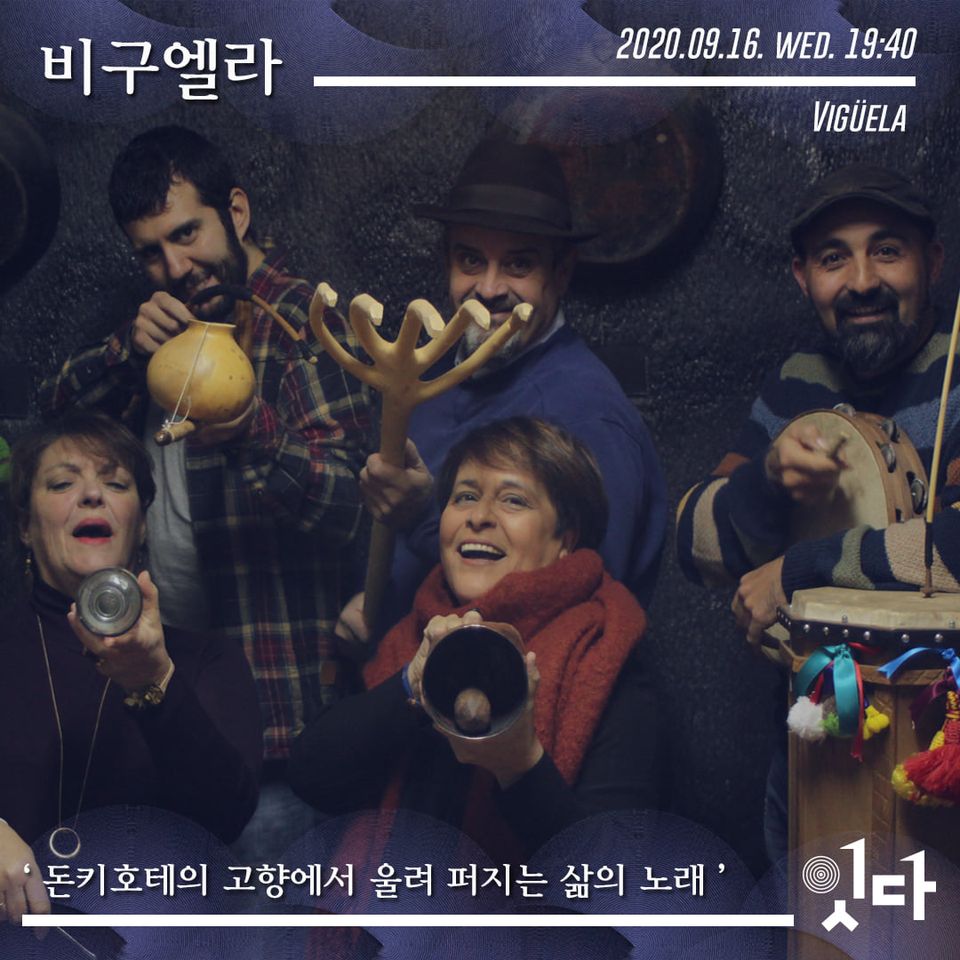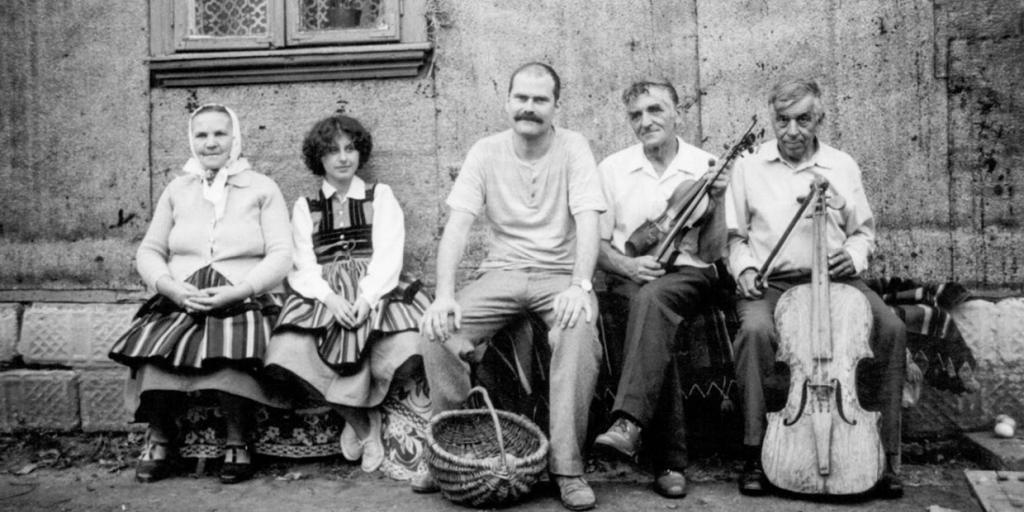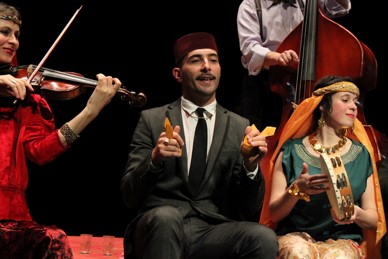I illustrate this post with a moment of the Conciertajo, the online live interactive event we made last Saturday with Vigüela for International Labour Organization. Click the picture to see the event. It has been a thrilling success that deserves to be explained in more detail  . I reveal it all for you more below.
. I reveal it all for you more below.
Conciertajo.com has been part of LaborArte festival, by the Spanish office of the International Labour Organization (ILO).
 It took place the last Saturday and I think it was a success in various aspects. The main one is that we got to transfer the emotion of the direct contact with the public, to an online environment. How did we get that? There are several features that allowed us to get that:
It took place the last Saturday and I think it was a success in various aspects. The main one is that we got to transfer the emotion of the direct contact with the public, to an online environment. How did we get that? There are several features that allowed us to get that:
- For one month we developed the engagement of the public. We provided them several ways for the participation in the creation of the lyrics. We have been publishing special videos done with lyrics that were sent by the followers or that have been created about the topics that are relevant for them (confinement, health workers, masks, the situation of the cultural workers, the shocking news about our crown…). Check the videos here.
 We made a contest of stories. The one that won is a portrait of Andrés José, a Colombian immigrant in Valencia, who ends up working as a delivery man on a bicycle to support his family (parents and two younger sisters). The first day he works on that, his little sister is very happy because he comes back home very early: his bicycle has been stolen. Juan Antonio Torres made it in shape of a romance with the zambomba. Check it here.
We made a contest of stories. The one that won is a portrait of Andrés José, a Colombian immigrant in Valencia, who ends up working as a delivery man on a bicycle to support his family (parents and two younger sisters). The first day he works on that, his little sister is very happy because he comes back home very early: his bicycle has been stolen. Juan Antonio Torres made it in shape of a romance with the zambomba. Check it here.- Some more videos were made for media friends, like WorldMusicCentral and Mundofonías.
- During the event I was presenting, explaining the band the requests and comments from the chat and chatting with the public.
 Of the repertoire for an event of two hours it was prefixed only the 4 first pieces and the very last one. Between that, that band sang about the topics that the public was asking, using the traditional styles (jota, several variants of fandango, seguidilla, son). For this, we prepared more than 100 new couplets organiced in the main topics of our nowadays and of the field of world of ILO. And the band decided the specific style to apply to those lyrics in that very moment.
Of the repertoire for an event of two hours it was prefixed only the 4 first pieces and the very last one. Between that, that band sang about the topics that the public was asking, using the traditional styles (jota, several variants of fandango, seguidilla, son). For this, we prepared more than 100 new couplets organiced in the main topics of our nowadays and of the field of world of ILO. And the band decided the specific style to apply to those lyrics in that very moment.- All this was accompained by a campaign of advertisements in Youtube, Facebook, TikTok and Spotify.
- The technical part was very professional, the responsible of video was Jaime Massieu and the sound engineer was Toni Quintana. The location is so nice that it looks like a ethnography museum but it is not: it was Juan Antonio Torres’ house in El Carpio de Tajo.





 ello, how are you? I hope well!
ello, how are you? I hope well! It is a very difficult art and there are artists who specialize in only one of the Pansori.
It is a very difficult art and there are artists who specialize in only one of the Pansori.

 Son is performed mainly with percussion and voices. A light accompaniment with string on drone, with the rabel (rebec), can be included. In the picture above you see some instruments used for the son: frying pan, saucepan, mortar, cañera, zambomba, frame drum, bladder rebec.
Son is performed mainly with percussion and voices. A light accompaniment with string on drone, with the rabel (rebec), can be included. In the picture above you see some instruments used for the son: frying pan, saucepan, mortar, cañera, zambomba, frame drum, bladder rebec. Since I read these words by Chris Moss in Songlines, it has been in my mind the idea of how needed it is to disseminate the traditional music from the center of Spain. A music that is
Since I read these words by Chris Moss in Songlines, it has been in my mind the idea of how needed it is to disseminate the traditional music from the center of Spain. A music that is 
